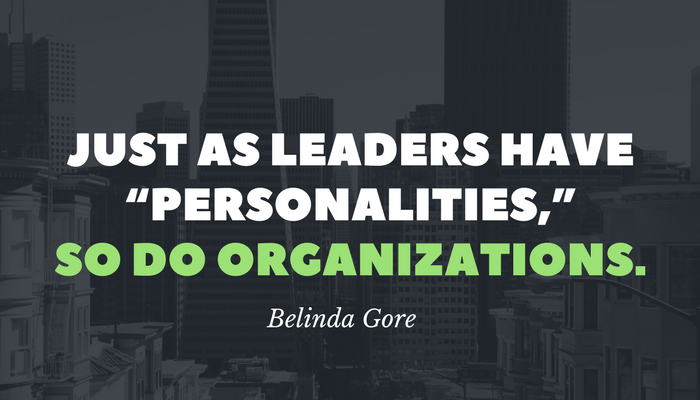Four Common Types of Difficult Employees And How To Deal With Them
 This post is a companion to one of our podcasts featuring Mike Morrow-Fox talking about bad bosses and their impact on organizations.
This post is a companion to one of our podcasts featuring Mike Morrow-Fox talking about bad bosses and their impact on organizations.
One of the managers’ jobs is to create an environment that promotes employee engagement and produces organizational results. Difficult employees adversely impact the team members who work with them. Managers must find productive ways to address these difficulties, or they risk negatively impacting the entire working team. According to a Gallup article published in December 2016, “Compared with disengaged teams, engaged teams show 24% to 59% less turnover, 10% higher customer ratings, 21% greater profitability, 17% higher productivity, 28% less shrinkage, 70% fewer safety incidents, and 41% less absenteeism.” The research suggests that managers who address these difficult employees will produce better organizational results than those who do not.
The following is a guest post written by Jackie Edwards, a professional writer experienced in the HR side of finance and banking. As an employer, your team might not always be filled with employees who support your vision and work hard for you. At some point, you’ll have to deal with a difficult personality in the workplace. As stated in the Journal of Business & Economics, difficult employees can become one of the most challenging issues you face. Here are four common types of difficult employees you’ll likely have to come across and tips on tackling them effectively.
Dark-Side Dan
This is the employee who’s always negative. He’ll explain why it won’t work when you bring up an exciting project. It can be frustrating to deal with someone always raining on everyone’s parade while thinking his way is the only right one. However, a good tip is to see him as offering constructive criticism. He might show you the worst-case scenarios of corporate decisions that could help you make the right choice.
However, dealing with such a difficult personality can be quite straightforward. Hold a meeting with your team, give everyone a chance to discuss their skills and struggles, see what this difficult employee says, and coax them for a reply. You want your team members to be vulnerable at times, as it makes for a supportive, cooperative team.
Power-Hungry Pam
This is the employee who wants your job. She’ll take on leadership roles by trying to be seen as holding a position of power with her co-workers or trying to derail your authority, such as by ignoring your instructions. The best way to deal with highly ambitious employees is to give them lots of work so they won’t have time to try to manage other workers. Therefore keeping the workplace peace intact.
Mr. Excuse
You asked your employee to complete a task by the end of the day, but he had something important to do across town, he had to deal with a co-worker’s problem, or he was stuck with a faulty printer. He always has excuses for not doing work or not listening to your instructions. In a global survey of 10,000 adults, 42 percent confessed to lying about how busy they were at work. Although you might be quick to label this worker lazy, there could be another reason for his annoying behavior. Perhaps they are dissatisfied with work? The best thing to do is have an open conversation with him to understand where he’s coming from and how you can utilize his best qualities while minimizing his future games.
The Toddler
If this employee doesn’t like something, she’ll lose her cool, make sarcastic comments, or get into fights with co-workers. She also doesn’t deal with constructive criticism, which makes dealing with her a nightmare. If she’s a talented worker you don’t want to lose, remind her that her great work will take her far, but she needs to tone down her defensiveness as managers need to be likable to succeed. Having a real heart-to-heart with this employee will show her that you’re willing to support your team members and highlight that you’re after her best interests, which will help her see the error of her ways.
Difficult employees are everywhere and might even be part of your team. The key is knowing how to tackle them effectively so that you can use their skills and decrease workplace drama, which negatively impacts everyone’s productivity.

 This guest blog was written as a companion to the podcast with Belinda Gore, Building Leadership Self-Awareness Using Personality Typ
This guest blog was written as a companion to the podcast with Belinda Gore, Building Leadership Self-Awareness Using Personality Typ